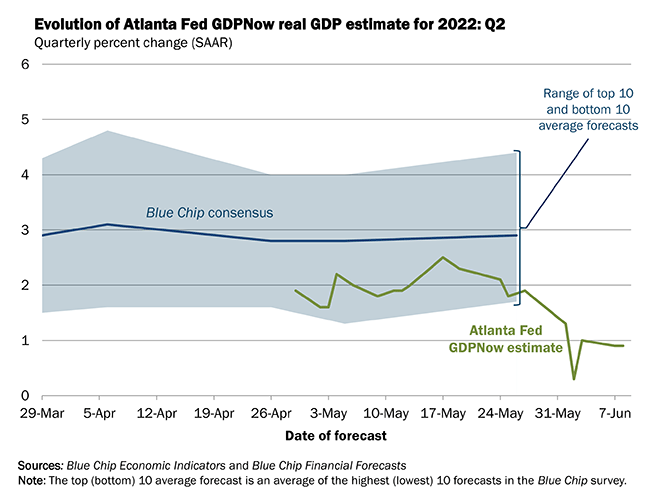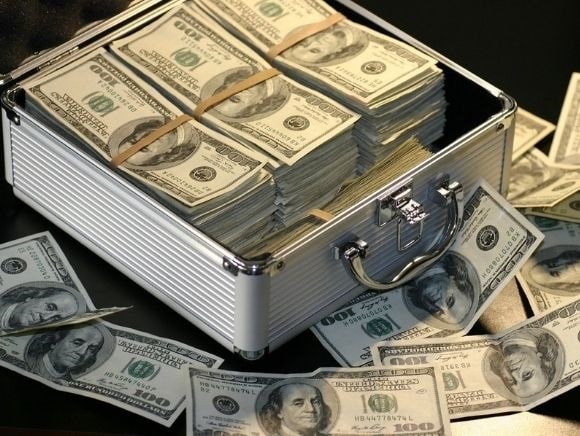The US annual inflation rate topped market estimates as it climbed to 8.6% in May. After the Consumer Price Index (CPI) eased slightly in April, economists and market analysts were confident that surging prices had peaked and that it was time to give kudos to the central bank. For now, it turns out that they have been about as wrong as Fed Chair Jerome Powell and Treasury Secretary Janet Yellen comically proclaiming that inflation was transitory. Once again, the cost-of-living update was broad-based, with both essential and discretionary items becoming more expensive. So much for the US economy being “in a better place,” as White House Press Secretary Karine Jean-Pierre put it.
Inflation Crisis on Aisle 9
Last month’s inflation developments saw prices continuing to rise. The chief indexes rose considerably on an annualized basis, particularly food (+10.1%) and energy (+34.6%). But everything else also advanced to notable levels: new vehicles rose 12.6%, used cars and trucks jumped 16.1%, apparel escalated 5%, shelter surged 5.2%, transportation services jumped 7.9%, and medical care services and commodities swelled 4% and 2.4%, respectively.
These indexes highlighted rampant price inflation in nearly every segment of the US marketplace. For example, close to every product in the typical household kitchen cost a lot more in May as chicken soared 17.4%, bread increased 8.7%, milk spiked 15.9%, lettuce climbed 11.4%, and coffee surged 15.3%.
Energy costs had ballooned in May, with fuel oil exploding 75.9%, gasoline rising 48.7%, and electricity advancing 12%. This comes as the national average price for a gallon of gasoline hits $5, and diesel is approaching $6. From lackluster domestic production to a crisis in the refinery industry, the energy woes at home are just as critical as what is occurring in Eastern Europe.
But there was little relief in any segment of the US marketplace as most goods and services listed by the Bureau of Labor Statistics (BLS) increased on a year-over-year basis. The only products that fell were men’s pants (-1.6%), jewelry (-1.2%), electronics and wireless telephone services (-0.7%), and tenants’ and household insurance (-0.4%).
This is eating away at any gains enjoyed by US workers. In a separate BLS report, real average hourly earnings (inflation-adjusted) tumbled at an annualized rate of 3%. Moreover, when the 0.9% drop in the average workweek is factored in, the total slide in real average weekly earnings clocks in at -3.9%.
What Now?
Financial markets bled profusely to finish the trading week as the leading benchmark indexes were deep in the red. Dow Jones Industrial Average plummeted 880 points, the S&P 500 lost 116 points, and the Nasdaq Composite Index dropped 414 points. The US Treasury market was green across the board, with the benchmark 10-year yield up 12.3 basis points to 3.165%. But the 2-yr/10-yr yield curve inversion is close to happening again. The US Dollar Index (DXY), which gauges the greenback against a basket of currencies, soared 0.94% to 104.19, adding to its year-to-date rally of 8.57%.
The selloff was driven by two factors: recession fears and the Federal Reserve.
If market strategists were apprehensive about calling for a recession before the latest headline number, they might be more willing to expect an economic downturn this year. More Wall Street analysts are raising their recession odds, while the Atlanta Fed Bank GDPNow model lowered its estimate to 0.9% for the second quarter. Some say that the US could be in such an environment right now.
 The next crucial factor is the US central bank and how it will react to the CPI and the upcoming producer price index (PPI). The Fed is still widely anticipated to pull the trigger on a 50-basis-point rate hike at next week’s two-day Federal Open Market Committee (FOMC) policy meeting. However, there are plenty of rumblings about the Eccles Building potentially surprising markets and deploying a 75-basis-point increase at the June powwow. Should the June CPI figures leave investors stunned, it is almost certain that the Fed will need to prepare the country for a hard landing rather than a “softish” one.
The next crucial factor is the US central bank and how it will react to the CPI and the upcoming producer price index (PPI). The Fed is still widely anticipated to pull the trigger on a 50-basis-point rate hike at next week’s two-day Federal Open Market Committee (FOMC) policy meeting. However, there are plenty of rumblings about the Eccles Building potentially surprising markets and deploying a 75-basis-point increase at the June powwow. Should the June CPI figures leave investors stunned, it is almost certain that the Fed will need to prepare the country for a hard landing rather than a “softish” one.
In addition, the June 14-15 policy meeting will offer economic and interest rate forecasts, so all eyes will be on the dot plot. Until then, the equities arena will be monitoring Fed Vice Chair Lael Brainard’s remarks at the June 13 National Community Reinvestment Coalition (NCRC).
What A Mess
The US is in quite the dilly of a pickle. On the one hand, the United States needs to get a grip on runaway inflation. On the other, if the nation successfully reins in the cost-of-living crisis, it will inevitably result in a recession. But while the January 6 show trials enthrall the left, everyone else in the real world is facing a bombardment of economic challenges, be it skyrocketing gasoline prices or baby formula shortages. If there is one lesson learned since the start of the coronavirus pandemic when officials fired off the mother of all fiscal and monetary bombs, it is that there ain’t no such thing as a free lunch.




